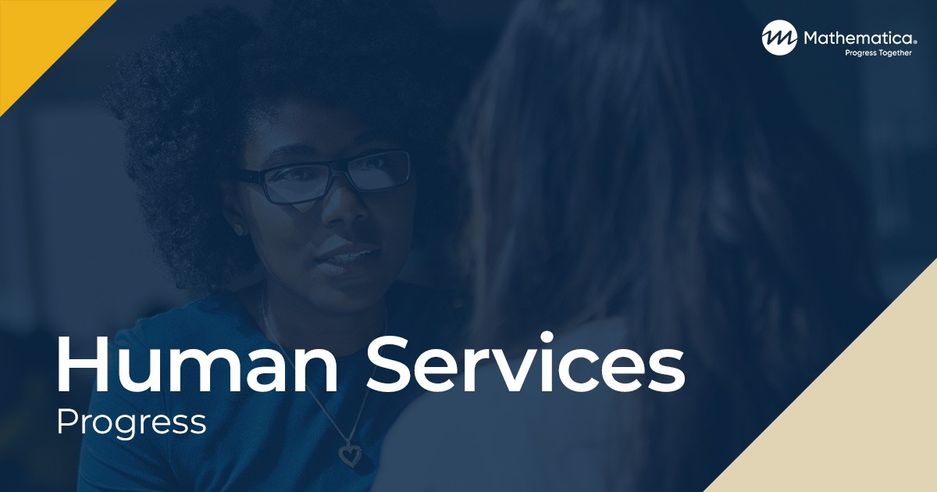A Spotlight on Dual Language Learners in Head Start: FACES 2014
Head Start: The Family and Child Experiences Survey (FACES)
Prepared for:
U.S. Department of Health and Human Services, Administration for Children and Families, Office of Planning, Research, and Evaluation

Key Findings:
- A quarter of Head Start children are DLLs, and Spanish is the most prevalent primary home language for DLL children.
- About half of DLLs pass a language screener at the start of the Head Start year and are able to be assessed in English.
- DLL children’s families have a range of challenges and strengths, some of which differ from those of non-DLL children.
-
- DLLs are typically born in the United States to parents who are from other countries and who are less educated than parents of non-DLL children.
- They are more likely than non-DLLs to live with both of their biological or adoptive parents and to live with at least one parent who is employed.
- Few DLLs have parents who report symptoms of depression—and their parents are less likely to report that they are depressed than parents of non-DLLs.
- DLL children’s home environments reflect a range of resources and needs.
-
- Three-quarters of DLLs live in families at or below the federal poverty threshold. More than half have parents who report at least one financial strain (especially related to medical care), and about one-third have parents who report food insecurity.
- DLLs are more likely to have parents who report food insecurity than non-DLLs. There is also some indication that DLLs are more likely to experience greater severity of financial strains that are also different in nature compared to non-DLL children.
- Although many DLLs have parents who report reading to their child at least three times a week and participating in learning activities in the home with their child, they are less likely to engage in a number of learning activities with children than non-DLLs, including book reading.
This brief provides a nationally representative description of dual language learner (DLL) children in Head Start (that is, children who have a primary home language other than English), their families, and their homes at the beginning of the program year. Data are drawn from the 2014 cohort of the Head Start Family and Child Experiences Survey (FACES 2014).
The purpose of this brief is to identify the specific strengths and challenges of DLLs in Head Start. This national picture of DLLs provides information to understand the needs of the population and to track the characteristics of DLLs relative to non-DLLs. The brief recognizes that understanding the characteristics and needs of the changing population served by Head Start is key to delivering responsive, high quality program services and for setting goals for the program.
How do you apply evidence?
Take our quick four-question survey to help us curate evidence and insights that serve you.
Take our survey
